Email:
sales@hypersolidmetal.comWhatsapp:
8618625975081
Email:
sales@hypersolidmetal.comWhatsapp:
8618625975081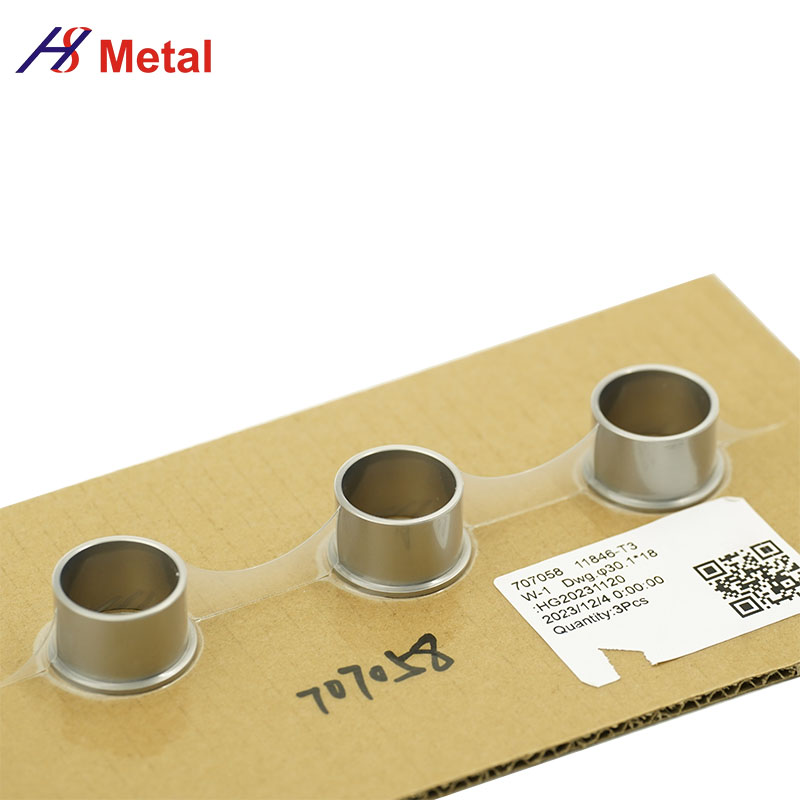

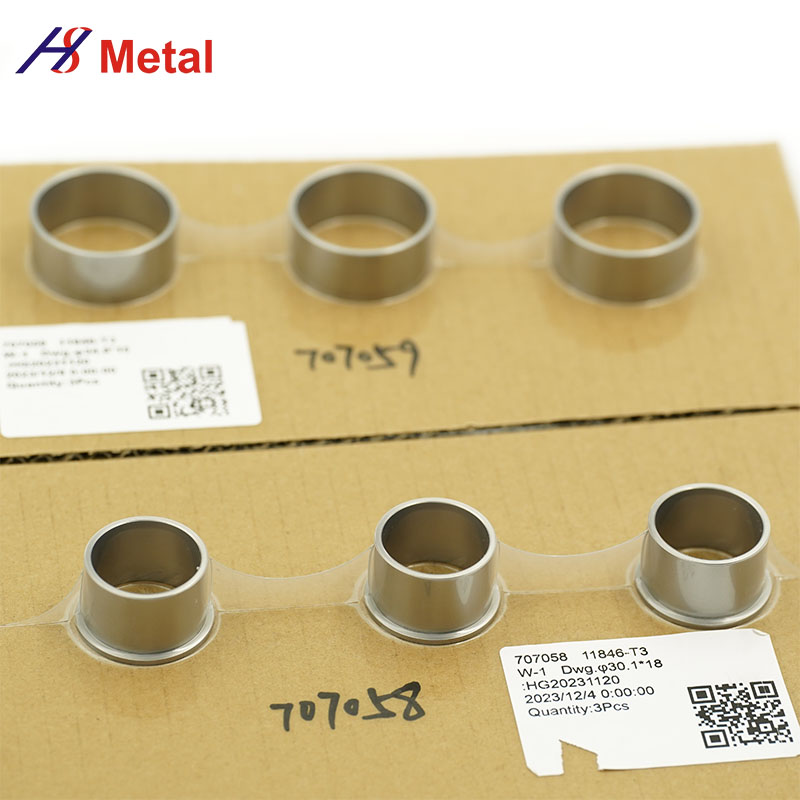
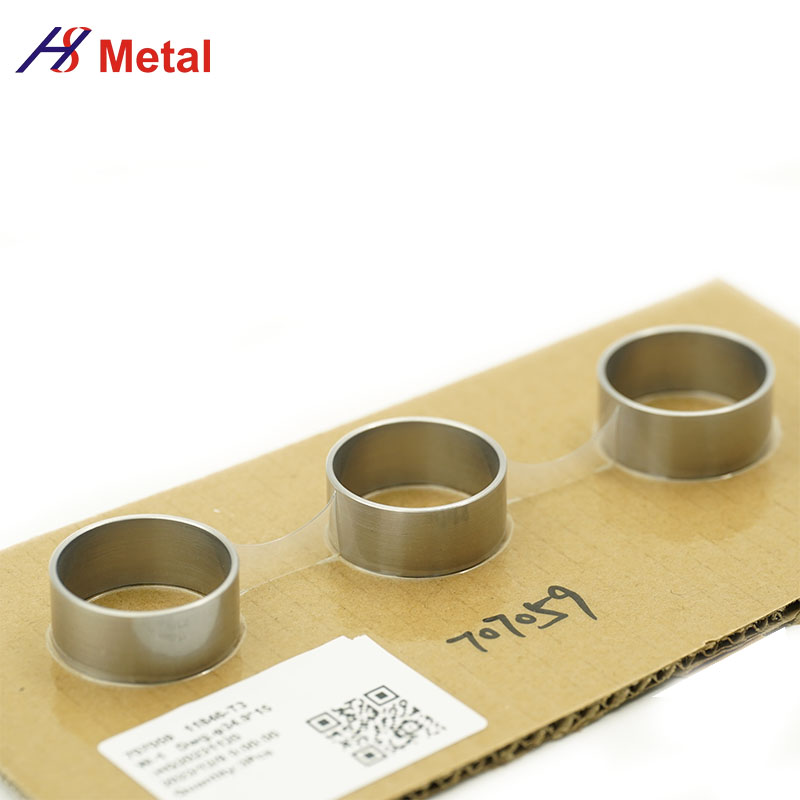
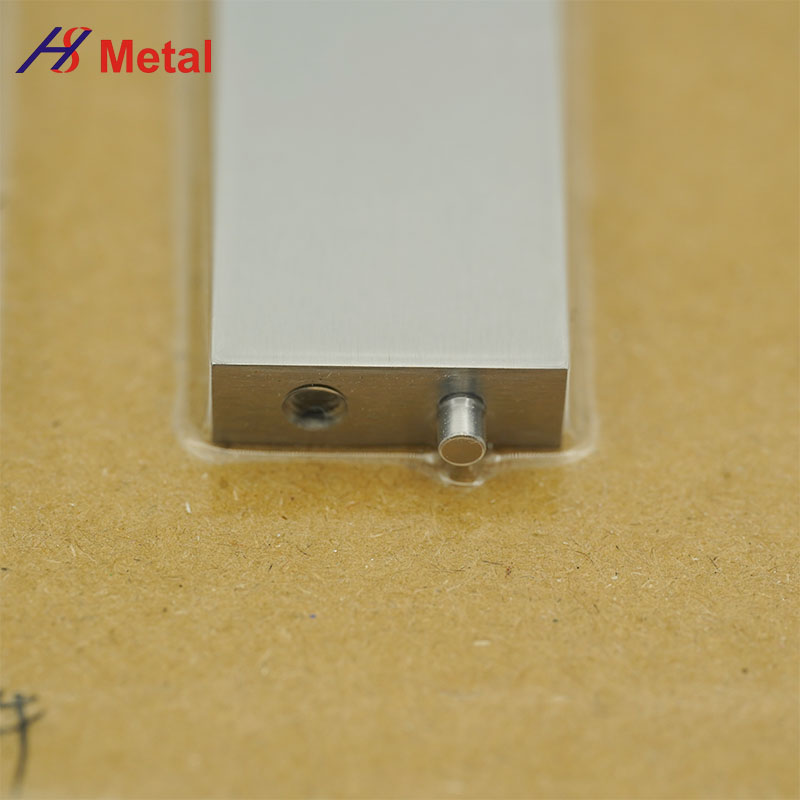
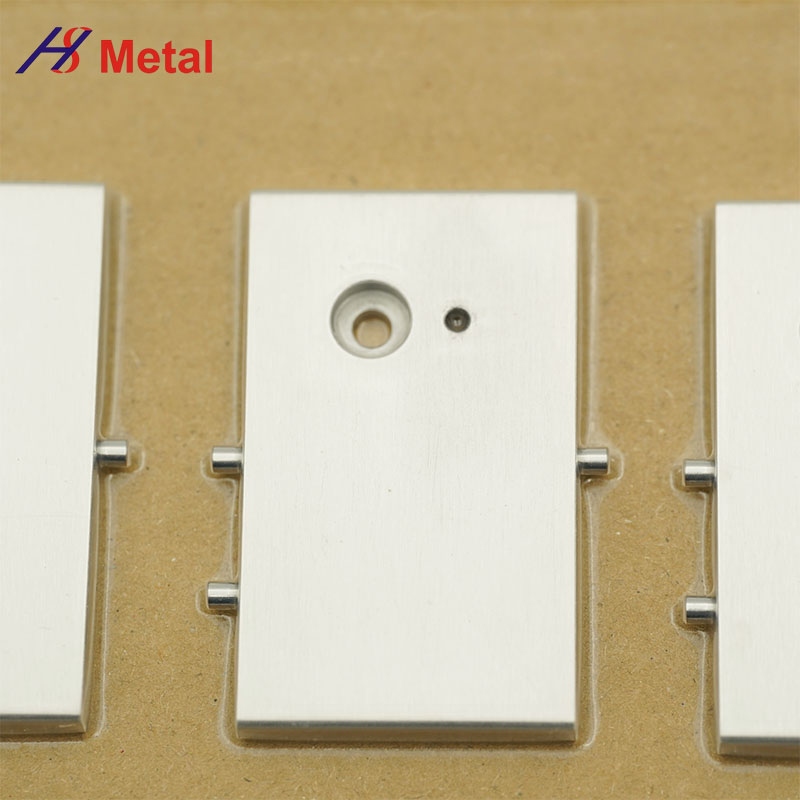

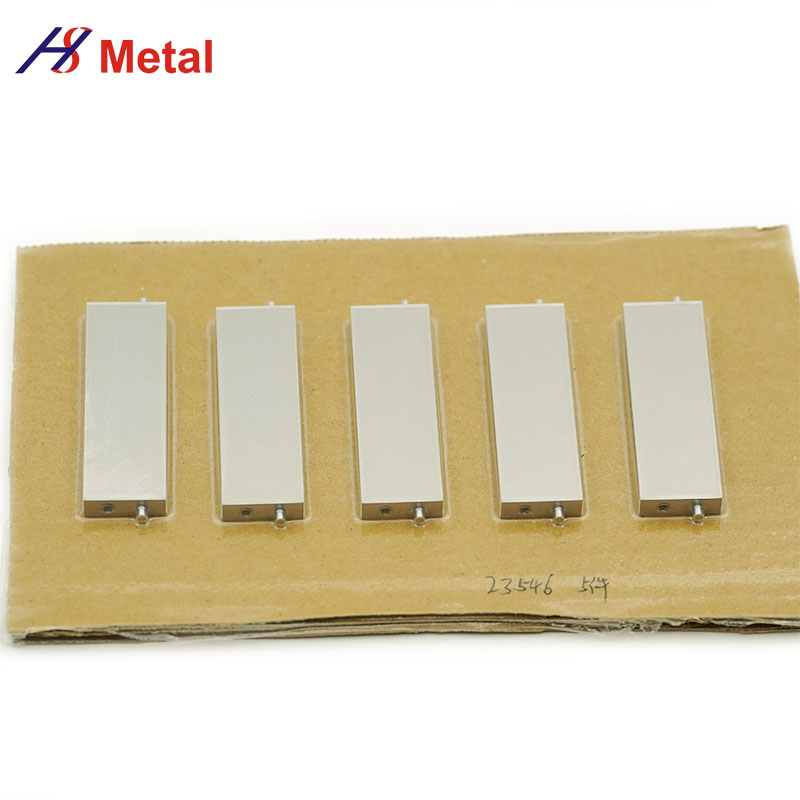
| Physical Property | Value |
|---|---|
| Density | 15.6 – 16.1 g/cm³ |
| Melting Point | 2,870 – 2,955°C (5,198 – 5,351°F) |
| Hardness (Vickers Hardness) | 1,800 – 2,200 HV |
| Thermal Conductivity | 70 – 100 W/m·K |
| Coefficient of Thermal Expansion | 4.5 – 6.5 x 10^-6 /°C |
| Tensile Strength | 1,500 – 2,500 MPa |
| Flexural Strength | 2,400 – 3,200 MPa |
Tungsten carbide is a compound consisting of tungsten and carbon atoms, known for its exceptional physical properties. It exhibits a high density ranging from 15.6 to 16.1 g/cm³ and a melting point between 2,870 and 2,955°C (5,198 and 5,351°F). Tungsten carbide is renowned for its remarkable hardness, typically ranging from 1,800 to 2,200 Vickers Hardness (HV), making it one of the hardest materials known.
In addition to its hardness, tungsten carbide possesses excellent thermal conductivity, typically ranging from 70 to 100 W/m·K. This property allows for efficient heat transfer and thermal management in various applications. The coefficient of thermal expansion for tungsten carbide is between 4.5 and 6.5 x 10^-6 /°C, indicating its relatively low expansion or contraction with temperature changes.
Tungsten carbide exhibits impressive mechanical strength, with tensile strengths ranging from 1,500 to 2,500 MPa and flexural strengths between 2,400 and 3,200 MPa. This high-strength characteristic makes it suitable for applications requiring resistance to mechanical stress and wear.

Cutting Tools: Tungsten carbide is extensively used in cutting tools such as drills, end mills, and inserts. Its high hardness and wear resistance make it ideal for machining and shaping hard materials like metals, composites, and wood.
Mining and Drilling Tools: Tungsten carbide is employed in mining and drilling tools, including drill bits, as it can withstand the abrasive and demanding conditions encountered during mining operations. Its hardness and strength allow for efficient drilling and prolonged tool life.
Wear Parts: Tungsten carbide is utilized in wear-resistant components, such as nozzles, valves, seals, and bearings. These components experience high levels of friction and wear, and tungsten carbide's hardness and wear resistance ensure their longevity and performance.